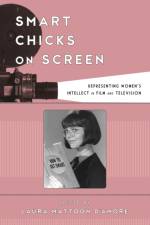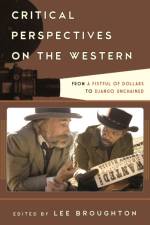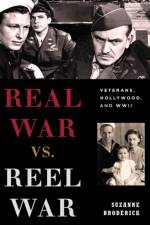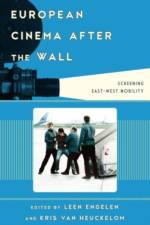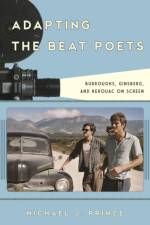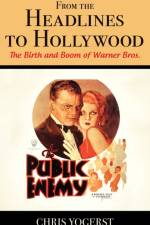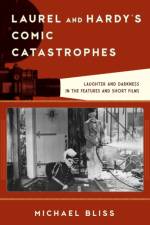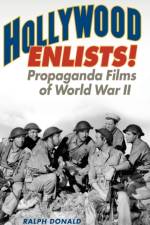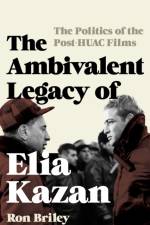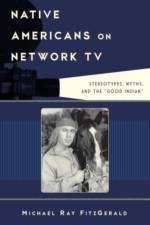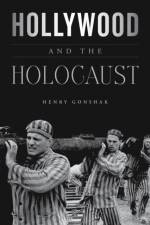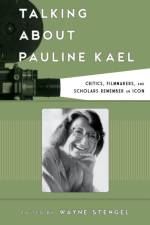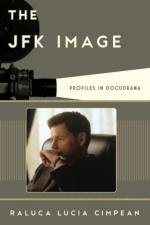av Sue Matheson
613
Responsible for some of the greatest films of the 20th centuryΓÇöThe Grapes of Wrath, How Green Was My Valley, and The Quiet Man among othersΓÇöJohn Ford was best known for motion pictures that defined the American West and the face of wartime military. A Hollywood celebrity, Ford lived his life against the background that Twentieth Century-Fox fashioned for him. As he did, the facts of his life merged withΓÇöand became inseparable fromΓÇöhis multifaceted legend, fostered by HollywoodΓÇÖs studio culture and his own imagination.In The Westerns and War Films of John Ford Sue Matheson offers an engaging look at one of AmericaΓÇÖs greatest directors and the two genres of films that solidified his reputation.Drawing on previously unreleased material, this volume explores the man, the filmmaker, the veteran, and the legendΓÇöand the ways in which all of those roles shaped FordΓÇÖs view of America, national character, and his creative output. Among the films discussed here in depth are FordΓÇÖs early productions, such as The Iron Horse and Drums along the Mohawk, his military films, such as Submarine Patrol, The Battle of Midway, and They Were Expendable, and his Westerns, including Fort Apache, She Wore a Yellow Ribbon, The Searchers, and Cheyenne Autumn. Ford imbued many of his creations with a point of view that represented his ideals, and the films discussed here illustrate their directorΓÇÖs distinct vision of American life on the frontier and in service of the country. That visionΓÇöFordΓÇÖs idealization of the American CharacterΓÇöwould, in turn, shape the worldview of several generations. The Westerns and War Films of John Ford will appeal to critics and scholars, but also to any fan of this iconic filmmakerΓÇÖs work.


